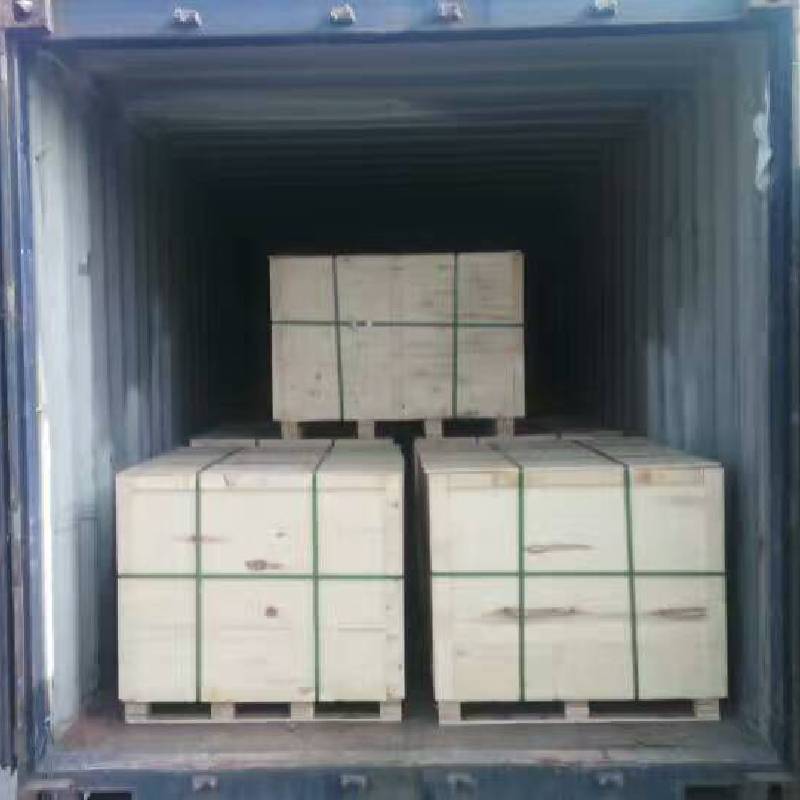
- Mobile Phone
- +8613931874955
- sales@cntcmetal.com
cavity tie replacement
Cavity Tie Replacement Understanding the Process and Benefits
Cavity ties, essential components in the construction of masonry walls, serve to connect two separate layers — often known as the outer and inner leaves of a wall — providing structural stability and strength. Over time, these ties can deteriorate due to various factors like moisture exposure, corrosion, or changes in building dynamics. When cavity ties reach a critical point of deterioration, cavity tie replacement becomes a vital process to ensure the safety and longevity of a structure.
The Importance of Cavity Ties
Before diving into the intricacies of cavity tie replacement, it is vital to understand why these components are necessary. They play a crucial role in maintaining the integrity of buildings with cavity walls by allowing for movement and thermal expansion while preventing moisture intrusion. Cavity ties also contribute to lateral stability, resisting wind loads and other stresses that can impact a building's structure. When they fail, the consequences can range from minor cosmetic issues to severe structural damage, highlighting the importance of regular inspection and timely replacement.
Signs of Deterioration
Detecting the need for cavity tie replacement often starts with recognizing the signs of deterioration. Some common indicators include
1. Cracking in Walls Cracks in the brickwork or masonry can signal that the cavity ties are losing their grip or effectiveness.
2. Bowling or Bulging Walls Walls that are visibly bowing or bulging may indicate that ties are no longer providing adequate support.
3. Rust Stains If rust stains appear on the exterior wall, it’s a clear sign that the cavity ties may be corroding.
The Replacement Process
cavity tie replacement

Cavity tie replacement involves several steps, and it is crucial to approach it with precision. The process begins with a thorough inspection of the building to assess the extent of the damage and identify which ties need replacing. Engineers or qualified contractors often conduct this assessment, ensuring a comprehensive understanding of the condition of the structure.
Once the inspection is complete, the replacement process can begin. Here's a typical sequence of steps involved
1. Accessing the Cavity This often involves removing some of the brick or block work to gain access to the cavity between the wall layers.
2. Tie Removal Deteriorated or damaged ties are carefully removed, taking care to minimize disruption to surrounding materials.
3. Installing New Ties New cavity ties, typically made from galvanized steel or other corrosion-resistant materials, are installed in the same configuration as the original ties.
4. Reconstruction Once the new ties are in place, the wall must be reconstructed. This involves resealing the cavity and ensuring that it is properly weatherproofed to prevent future moisture issues.
5. Final Inspection After everything is back in place, a final inspection is conducted to ensure that the new cavity ties are securely in position and that the wall structure is intact.
Benefits of Timely Replacement
The timely replacement of cavity ties offers numerous benefits. By addressing this issue proactively, building owners can prevent more extensive and expensive damage down the line. Replacing cavity ties not only restores the structural integrity of a building but also enhances safety for occupants. Additionally, ensuring proper ventilation and moisture control through timely replacements can lead to improved air quality and overall energy efficiency within the building.
Conclusion
In conclusion, cavity tie replacement is a crucial aspect of maintaining the longevity and safety of masonry structures. By understanding the importance of cavity ties and the signs that indicate their deterioration, property owners can make informed decisions about timely interventions. Regular inspections and proactive maintenance can ultimately save both time and money, allowing buildings to stand strong and secure for years to come. Investing in cavity tie replacement is an investment in the future, ensuring that our built environments remain safe, stable, and resilient.
share:
-
Your Source for Concrete Wall Ties and Masonry AccessoriesNewsJul.10,2025
-
Unlocking the Power of Iron Wire for Every ProjectNewsJul.10,2025
-
Explore Advanced Chain Wire and Stainless Steel Mesh FencingNewsJul.10,2025
-
Discover the Benefits of Annealed Wire ProductsNewsJul.10,2025
-
Discover China Stainless Steel Wire Mesh SolutionsNewsJul.10,2025
-
Build with Confidence Using High-Performance Masonry AccessoriesNewsJul.10,2025
-
Why Sacrificial Formwork Is Redefining Underground ConstructionNewsJun.06,2025



















